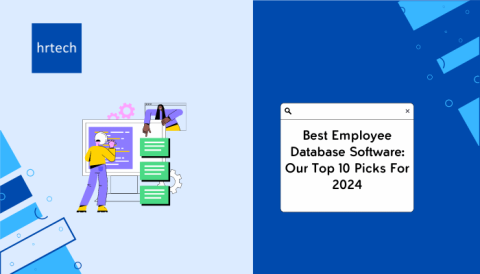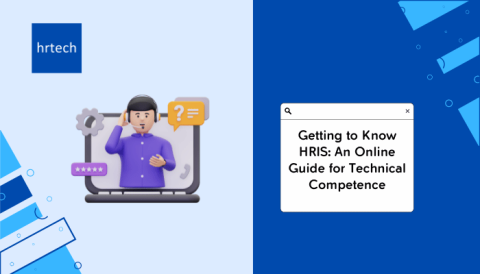Introduction
Only 9 percent of recruitment decision-makers say they have strong screening technology at their disposal. This statistic highlights a significant challenge for HR professionals in 2025: the need to invest in better technology to streamline recruitment, improve efficiency, and ensure compliance.
As businesses expand and adjust to the changing needs of their workforce, HR tools have become essential to managing and optimizing HR operations. Choosing the right HR tools is critical. The tools you select not only impact how effectively your HR team works but also influence overall company culture and performance.
HR technology can improve day-to-day functions like payroll processing, recruitment, and employee engagement, while also ensuring compliance with local regulations. In this article, we’ll explore the best HR tools for 2025, highlighting the ones that stand out in the market for their features and user experience.
What is HR Software and Why Do You Need It?
HR software refers to a range of tools designed to assist in managing human resources tasks. These tasks can range from managing payroll and benefits to recruitment and performance management. HR software lowers the time spent on administrative duties, allowing HR professionals to concentrate on higher-level tasks that drive strategic goals.
HR software can also ensure compliance with labour laws and improve data security, providing HR professionals with the ability to track and report on employee data with ease.
Now that you have an overview of HR software, let’s explore the key functions these tools perform to support HR teams.
Key Functions of HR Software:
- Payroll Management: Automates payroll processing, ensuring accurate compensation and tax calculations.
- Recruitment & Onboarding: Simplifies the recruitment process, from job posting to candidate application management and new hire onboarding.
- Employee Records: Secures employee data, including personal information, job details, and performance records.
- Compliance: Helps businesses remain compliant with relevant employment laws and regulations.
After understanding the key functions, let’s explore the types of HR tools that can be tailored to meet the demands of your business.
Different Types of HR Tools for Every Need

HR tools are designed to address specific functions within human resources, making it easier for businesses to manage their workforce effectively. By understanding the main types of HR tools, you’ll be better equipped to choose the right platform that fits your organisation’s needs.
Below, we’ll explore the main types of HR tools and the benefits they offer to enhance your HR operations.
1. HR Management Systems (HRMS)
HRMS is a comprehensive platform that brings together all HR functions in one tool. It helps manage everything from payroll and benefits to performance evaluations and recruitment. HRMS tools are scalable, allowing businesses to grow without needing to change systems.
Key Benefits:
- A centralised platform for HR functions.
- Tailored solutions to match specific business needs.
- Facilitates better compliance with local employment laws.
2. Recruitment and Onboarding Tools
These tools support businesses in the hiring process. From posting job openings to managing applications, scheduling interviews, and handling onboarding, recruitment and onboarding tools automate much of the process.
Key Benefits:
- Speeds up recruitment by automating resume screening and interview scheduling.
- Enhances the candidate experience with clear communication and timely updates.
- Reduces the workload of HR teams, allowing them to focus on strategic tasks.
3. Employee Engagement and Performance Management Tools
Focusing on employee engagement and performance management, these tools help businesses monitor and improve employee satisfaction, productivity, and retention. They offer features like feedback surveys, performance reviews, and 360-degree evaluations.
Key Benefits:
- Measures employee engagement and satisfaction.
- Provides data to improve performance management and retention.
- Promotes clear communication between employees and managers.
4. HR Automation and AI Tools
Automation tools are designed to manage repetitive tasks like payroll processing, time tracking, and benefits administration. AI tools can assist with smarter decision-making and predictive insights into workforce trends.
Key Benefits:
- Automates manual HR tasks to reduce errors and save time.
- Uses AI to enhance decision-making by providing data-driven insights.
- Improves consistency and accuracy in HR operations.
With an understanding of different HR tool categories, we can now look at the best tools in the market for 2025 that will help improve your HR functions.
Best HR Tools to Use in 2025
With an ever-growing range of HR tools available, businesses need to assess their options to find the best fit. Below are the top HR tools for 2025, each offering unique capabilities to help HR professionals manage their teams effectively and efficiently.
1. TeamLease

TeamLease offers an all-in-one solution for businesses looking to optimise their HR operations. Unlike other HR tools that focus on just one function, TeamLease provides end-to-end services. From recruitment and global payroll management to HR advisory and compliance, TeamLease has all the tools you need to ensure smooth HR operations.
Key Features:
- AI-Powered Recruitment: Utilises artificial intelligence to enhance sourcing and reduce time-to-hire.
- Global Payroll and Compliance: Ensures payroll is processed accurately while complying with local labour laws across multiple regions.
- HR Advisory and Consulting: Provides expert advice on HR strategies, process optimisation, and technology adoption.
- HR Technology Marketplace: Access to over 450 curated HR tech solutions, customisable for your organisation’s needs.
Contact us today to discuss how we can support your HR goals and simplify your operations.
2. BambooHR
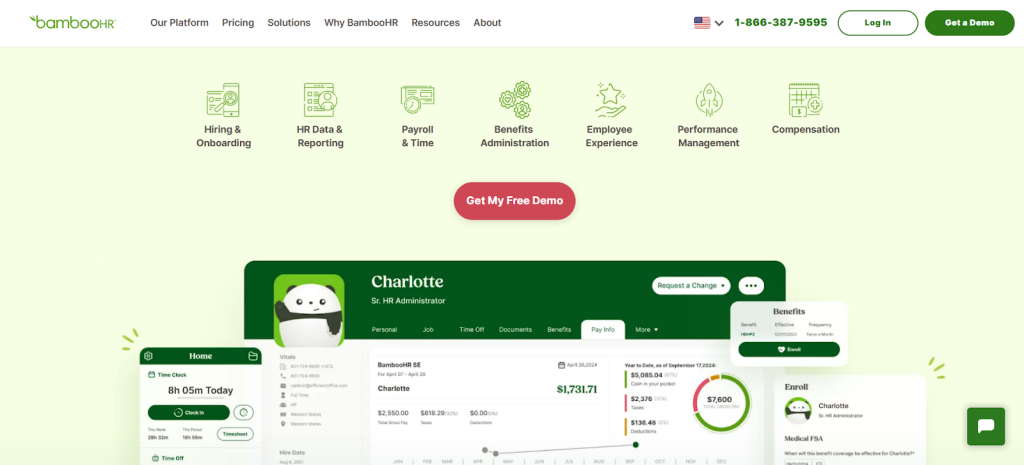
BambooHR is a cloud-based HR platform built for small and medium-sized businesses. Its user-friendly interface makes it easy to manage employee records, handle time-off requests, and bring new employees on board.
Key Features:
- Employee Records Management: Centralizes employee data for easy access and management.
- Time-Off Tracking: Automates the process of managing leave requests and approvals.
- Onboarding Tools: Make it easier for new hires to settle in and get up to speed quickly.
3. Paycor
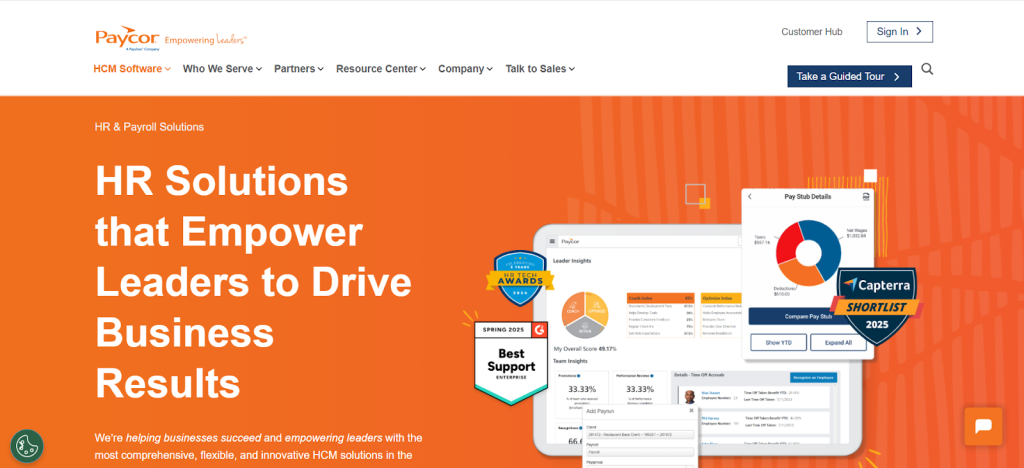
Paycor is an HR and payroll solution that offers businesses a comprehensive tool for managing employee data, payroll, and benefits. It is particularly suitable for companies of varying sizes and provides detailed analytics to help HR teams make informed decisions.
Key Features:
- Payroll Management: Ensures payroll is processed accurately and in line with regulations.
- Analytics and Insights: Provides valuable data to help optimise HR decision-making.
- Employee Records: Organises employee information and supports efficient management.
4. ChartHop
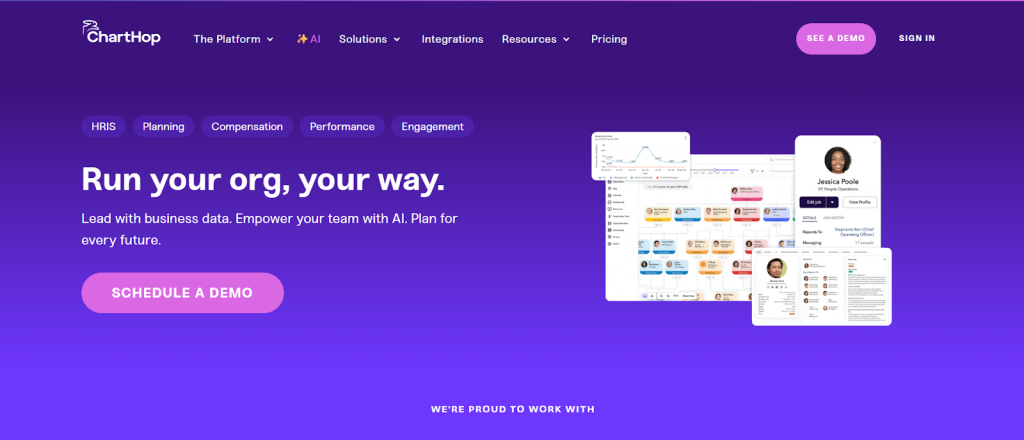
ChartHop helps businesses visualise their organisational structure and employee data. It integrates with other HR tools, helping HR teams make better decisions regarding workforce planning and development.
Key Features:
- Organisational Charts: Provide a clear view of team structures and roles.
- Data-Driven Insights: Uses employee data to help HR teams plan and manage talent.
- Integration: Syncs with other HR systems for a more comprehensive view of your workforce.
5. Deel
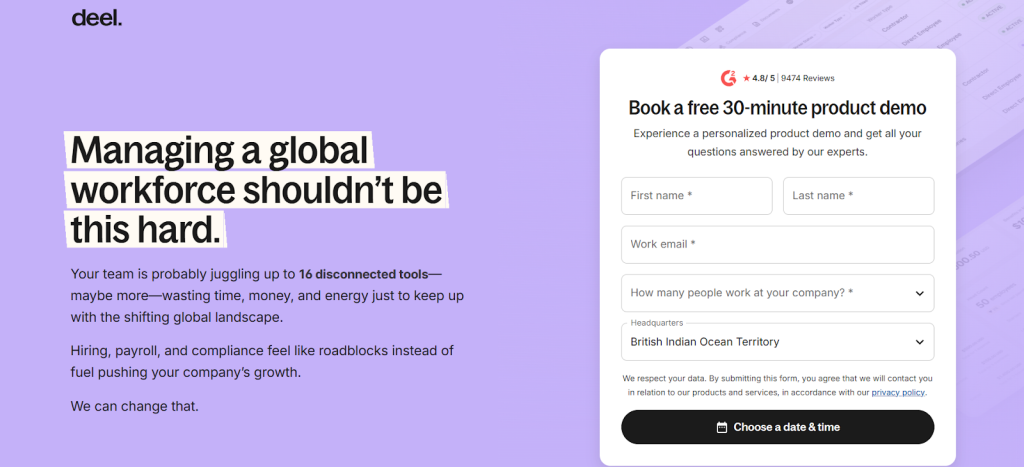
Deel is a global payroll and compliance platform designed to simplify the hiring and managing of remote teams across different countries. With Deel, businesses can easily manage payroll, benefits, and taxes for remote workers across multiple countries.
Key Features:
- Global Payroll: Manages payroll for remote employees in over 100 countries.
- Compliance: Ensures compliance with international tax and labour laws.
- Remote Hiring: Simplifies hiring for remote teams, making it easier to manage global workforces.
6. Greenhouse
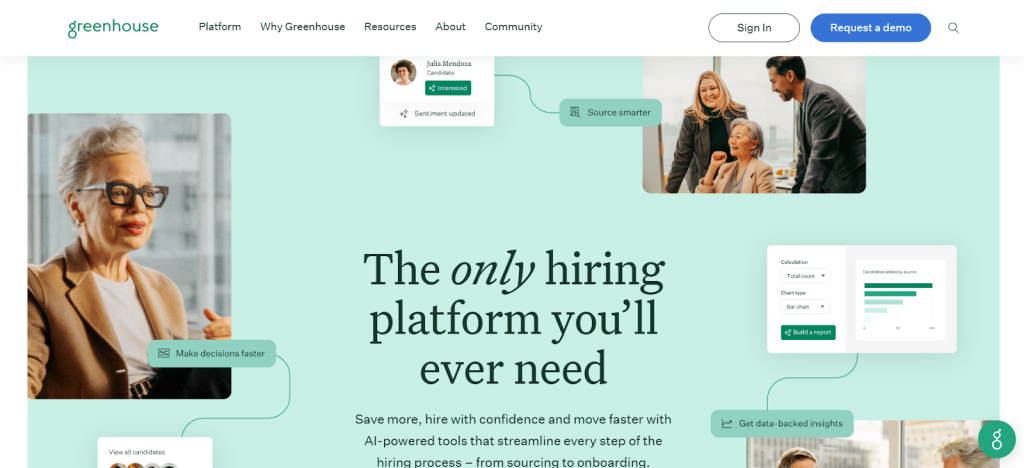
Greenhouse is an advanced recruitment platform that uses AI to improve hiring decisions. It allows businesses to post job openings, manage candidate pipelines, and schedule interviews with ease.
Key Features:
- Job Posting: Automatically distributes job openings to multiple platforms.
- AI-Powered Recruitment: Uses AI to match candidates to the right roles and optimise hiring decisions.
- Collaboration Tools: Allows HR teams and hiring managers to collaborate efficiently on candidate evaluations.
7. Jira Service Management
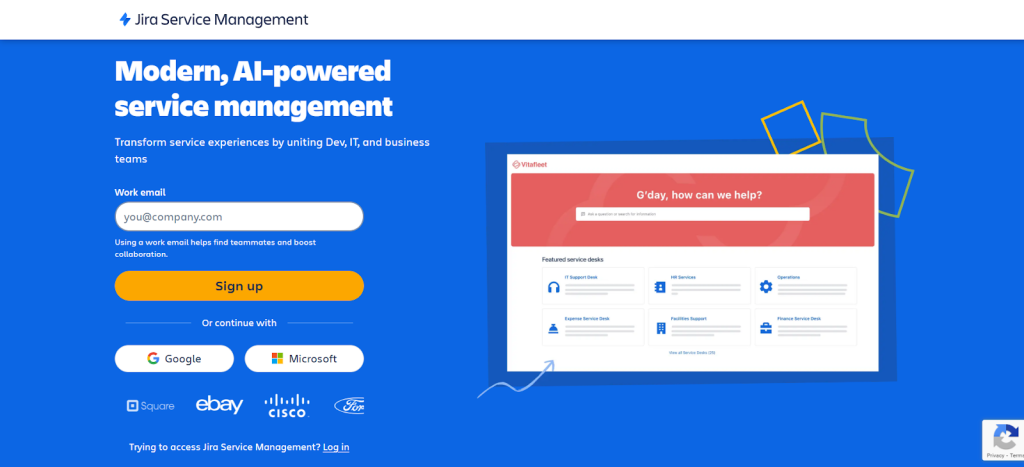
Jira Service Management is ideal for managing employee service requests and HR tickets. It streamlines communication between employees and HR teams, ensuring that requests are handled quickly and efficiently.
Key Features:
- HR Service Requests: Allows employees to submit HR-related requests or queries.
- Automated Workflow: Automates the process of ticket assignment and resolution.
- Integration: Works with other business tools to create a unified HR service platform.
8. ClearCompany
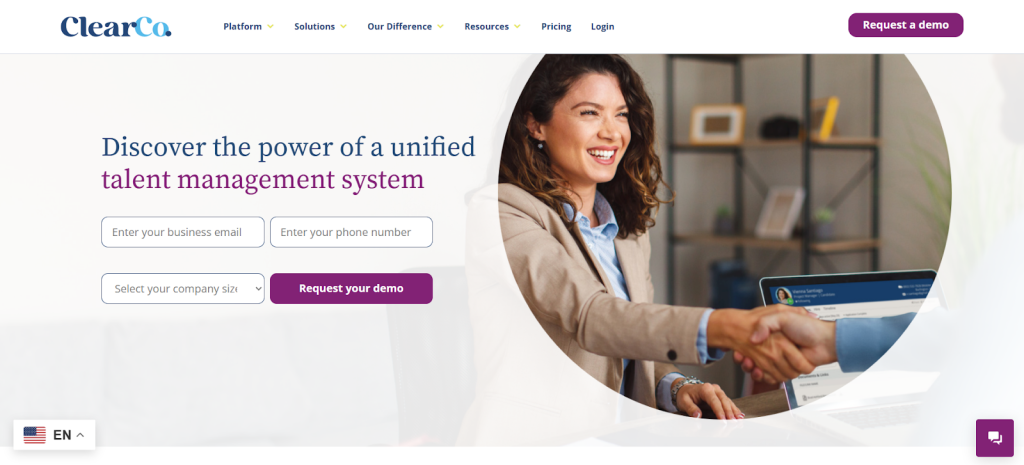
ClearCompany offers a comprehensive recruitment, onboarding, and performance management platform. Its tools help businesses manage the hiring process, track employee performance, and enhance employee engagement.
Key Features:
- Applicant Tracking: Manages job applications and candidate screenings.
- Performance Reviews: Automates performance evaluations and goal tracking.
- Employee Engagement: Provides tools to measure and improve employee satisfaction.
9. RemoFirst
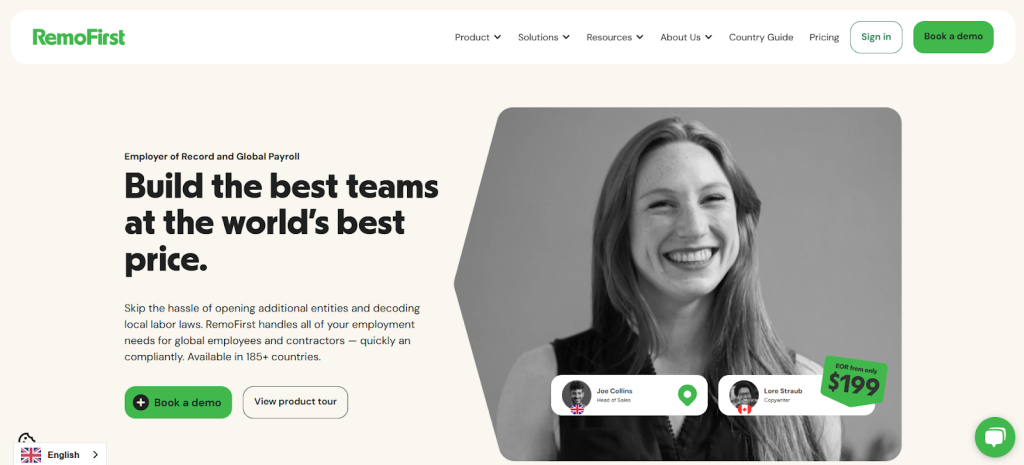
RemoFirst simplifies global hiring and ensures compliance with local regulations. It provides tools for managing payroll, employee benefits, and hiring across international borders.
Key Features:
- Global Hiring: Simplifies hiring across multiple countries, ensuring legal compliance.
- Payroll and Benefits: Automates payroll processing and benefits management.
- Legal Compliance: Ensures your business complies with international employment laws.
10. Breathe HR
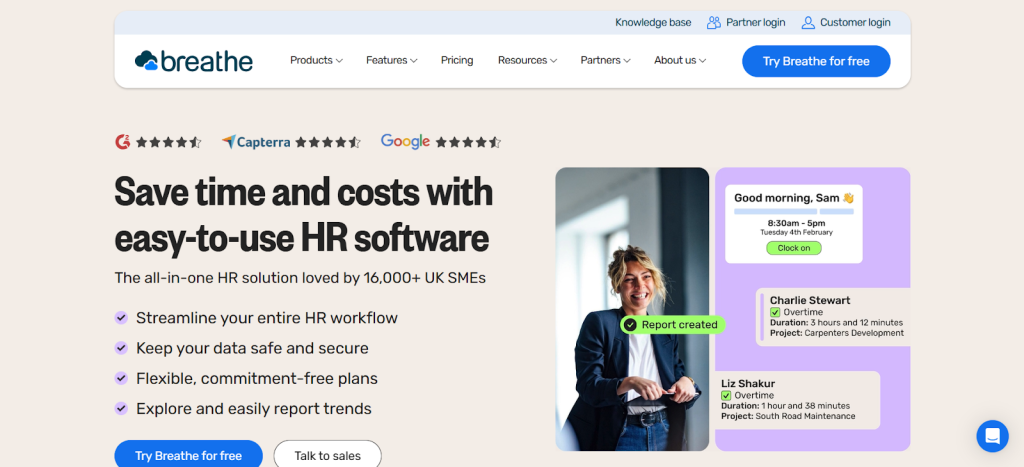
Breathe HR is a simple yet effective HR tool tailored for small businesses. It offers essential features like payroll management, time-off tracking, and employee records management.
Key Features:
- Payroll: Automates payroll processes and ensures tax compliance.
- Employee Records: Manages employee details and job history.
- Time-Off Tracking: Simplifies the management of leave requests and approvals.
After exploring the top tools, let’s look at the specific features you should consider when choosing the right HR tool for your business.
Key Features to Consider When Choosing HR Tools

Choosing the right HR tool plays a key role in your business’s success. Focus on selecting features that align with your company’s goals and help your HR operations run smoothly. When assessing HR tools, here are the key features you should keep in mind:
- Scalability: As your business grows, your HR tool should be able to scale with you. It should be adaptable enough to accommodate an increasing workforce without sacrificing performance.
- Compliance and Security: A good HR tool should ensure compliance with relevant laws and regulations. Choose tools that provide the safe storage of employee data, keeping sensitive information protected.
- Automation and AI: Automation can simplify repetitive tasks such as payroll processing, time tracking, and leave management. AI-powered tools can assist with decision-making by providing insights from large sets of data.
- Integration: Choose an HR tool that works well with your current systems, such as payroll, CRM, and performance management tools, to ensure smooth and consistent data flow.
- User Experience: The user interface should be intuitive and easy to use, allowing your HR team and employees to get up to speed quickly with little training required.
TeamLease stands out in all of these areas. It offers scalable solutions, ensures compliance with global standards, and features integrated HR tools that are user-friendly. With its AI-powered recruitment platform and advanced payroll management, TeamLease simplifies many complex HR tasks.
Conclusion
The right HR tools can significantly improve your organisation’s operations, from recruitment and payroll to compliance and employee engagement. TeamLease offers a comprehensive HR solution, combining advanced technology with expert advisory services, ensuring that your business stays compliant and your HR operations run smoothly.
If you’re ready to optimise your HR processes and take your organisation to the next level, TeamLease is the best choice for 2025. Book a demo today and discover how our all-in-one HR solutions can help you grow.
FAQs
Q: What factors should businesses consider before adopting an HR tool?
A: Before choosing an HR tool, businesses should assess their specific needs, such as payroll management, recruitment, or employee engagement. It’s also crucial to ensure the tool integrates with existing systems, complies with local regulations, and offers scalability as the business grows.
Q: Can small businesses benefit from advanced HR tools?
A: Yes, even small businesses can benefit from advanced HR tools. Many tools, like BambooHR and Breathe HR, are designed for smaller companies, offering user-friendly interfaces and essential features that allow businesses to manage employee data, track time off, and automate basic HR functions.
Q: How do AI and automation improve HR processes?
A: AI and automation help HR teams reduce manual tasks, such as payroll processing and resume screening. These technologies speed up recruitment, enhance data accuracy, and provide insights into employee trends, helping HR professionals make informed decisions faster.
Q: What are the primary advantages of using a comprehensive HR management system (HRMS)?
A: An HRMS centralises all HR functions, making it easier for teams to manage employee records, benefits, payroll, and performance from one platform. This consolidation reduces errors, improves data accessibility, and enhances overall HR team productivity.
Q: How do HR tools help with compliance management?
A: HR tools are designed to stay up-to-date with the latest local and international regulations. They ensure that businesses follow labour laws, calculate taxes correctly, and meet reporting requirements, reducing the risk of legal issues and penalties.

